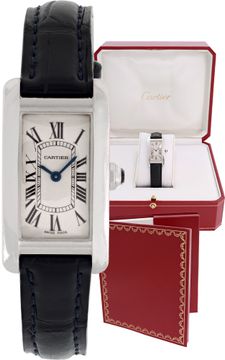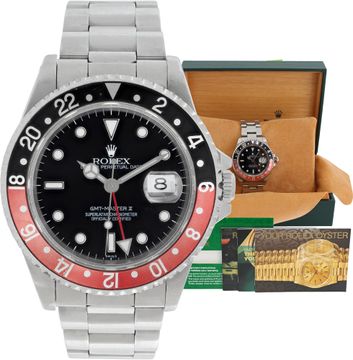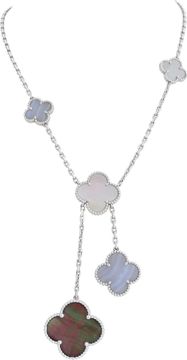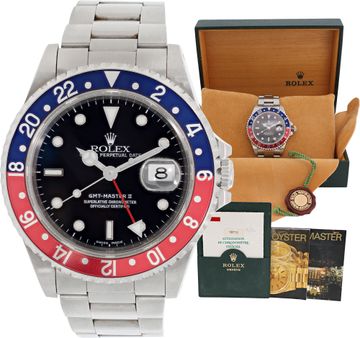Watch Water Resistance Ratings: What They Really Mean
Understanding the water resistance rating of a watch is essential—not just for enthusiasts, but for anyone who owns a timepiece and wants to preserve its functionality and value. Despite common misconceptions, water resistance is more nuanced than simply being “waterproof.” Whether you’re considering your first timepiece or adding to your pre-owned watch collection, knowing these ratings ensures your asset remains protected and functional for years to come.
What Does "Water Resistance" Actually Mean?
When a watch is labeled as water-resistant, it indicates the watch’s ability to withstand moisture to a certain degree under specific conditions. However, no watch is truly "waterproof." The term "water-resistant" reflects testing under laboratory conditions—often static pressure in still water. Everyday scenarios like swimming, diving, or exposure to hot water can impact how the watch performs in real-life conditions, so understanding these limits is crucial. Factors like sudden water pressure changes, temperature fluctuations, and aging gaskets can all reduce water resistance over time. That’s why staying informed about what your watch can realistically handle is key to protecting your asset.
The Common Water Resistance Ratings Explained
Water resistance ratings are usually measured in meters (m), atmospheres (ATM), or bars—1 ATM or 1 bar equals approximately 10 meters of water pressure. Here’s what those ratings generally mean:
- 30m/3ATM/3 Bar: Suitable for splashes or rain, but not for submersion, especially if the watch is rated below 50m.
- 50m/5ATM/5 Bar: Fine for light swimming but not for snorkeling or diving.
- 100m/10ATM/10 Bar: Suitable for swimming and snorkeling but not diving.
- 200m/20ATM/20 Bar and above: Appropriate for professional marine activity and serious water sports, including diving and submerging.
Keep in mind, these are theoretical lab conditions. Real-world activities like jumping into water create sudden pressure changes that exceed lab test simulations.
Why Do Some Watches Have Screw-Down Crowns?
Watches designed for higher water resistance often feature a screw-down crown. This mechanism locks the crown into the case, enhancing the watch's ability to resist water ingress. Without a secure crown, water can seep through the most vulnerable part of a timepiece. Many iconic dive watches, like the Rolex Submariner or Panerai Luminor, rely on this feature for their superior water resistance. If you're acquiring a pre-owned watch with a screw-down crown, always check its functionality. A faulty crown compromises the watch’s water resistance, diminishing the longevity of your asset.
Myth-Busting: Showering or Hot Tubs with Your Watch
Even watches with higher water resistance ratings aren’t designed for hot showers, saunas, or hot tubs. Heat causes materials to expand and seals to weaken, increasing the risk of moisture infiltration. Soap, shampoos, and other chemicals can also deteriorate gaskets, compromising water resistance over time, especially for watches rated at 50m or less. For those with luxury timepieces, it's advisable to avoid exposing your watch to extreme heat or chemicals altogether to ensure it remains water resistant.
Dive Watches vs. Regular Water-Resistant Watches
There’s a big difference between everyday water-resistant watches and true dive watches. ISO 6425 is an international standard for dive watches, requiring them to pass rigorous testing, including resistance to saltwater, magnetic fields, and shocks, ensuring they can withstand depths of at least 200m. Only timepieces certified under this standard should be relied upon for deep-sea diving activities. Many popular pre-owned dive watches, such as the Omega Seamaster Planet Ocean or the Rolex Sea-Dweller, meet or exceed these specifications for depth and water resistance. Acquiring one not only adds a reliable, rugged asset to your collection but also guarantees performance under pressure—literally.
Vintage Watches and Water Resistance
Pre-owned and vintage watches present a special consideration when it comes to water resistance. Over time, seals degrade, crystals develop micro-fractures, and cases may lose their integrity. Even if a vintage watch originally had a robust water resistance rating, its current ability to repel water may be compromised. If your collection includes vintage models, it's wise to treat them as non-water-resistant unless they've been recently serviced and pressure-tested by professionals to ensure they can withstand at least 30m. Remember, the true asset value of vintage watches often lies in preserving their condition, not in testing their water resistance limits.
When to Pressure Test Your Watch
A pressure test is the only reliable way to confirm a watch's current water resistance. For pre-owned watches, especially those used for swimming or diving, annual pressure testing is recommended. This service checks the case, crown, crystal, and gaskets for leaks under simulated water pressure. If you're acquiring a pre-owned luxury timepiece, inquire whether it has recently undergone a pressure test. This adds peace of mind and helps protect your asset’s mechanical integrity and value. Regular pressure testing is especially important for older or vintage models where seals may have naturally deteriorated over time. Skipping this step can lead to moisture damage, costly repairs, and a significant decrease in your watch’s long-term desirability.
Can Chronograph Watches Be Water-Resistant?
Many chronograph watches come with water resistance ratings, but operating the pushers underwater can still compromise the seal, leading to water damage. Some high-end models, like certain Breitling Superocean Chronographs, feature specially designed screw-down pushers or technology that allows safe underwater operation. If you're adding a chronograph to your collection, always confirm whether its pushers can be safely used underwater, especially if the watch can withstand depths of 100m or more. Misuse can turn a valuable asset into an expensive repair project. Even a small amount of water entering the case can cause corrosion, damage the movement, and significantly reduce the watch’s lifespan. Understanding your chronograph's design limitations helps preserve both functionality and long-term value.
Tips to Preserve Your Watch's Water Resistance
Maintaining your watch's water resistance isn't a one-time concern—it's ongoing, especially for models like Seiko that require regular checks. Here are some best practices to protect your timepiece:
- Ensure crowns and pushers are secured before water exposure.
- Avoid wearing watches in hot tubs, saunas, or showers.
- Rinse with fresh water after saltwater exposure.
- Service your watch regularly, including gasket replacements and pressure tests.
For pre-owned pieces, these precautions help retain both functionality and the asset value of your timepiece.
Final Thoughts: Protecting Your Timepiece Asset
Water resistance is often misunderstood but remains one of the most critical specifications in preserving the performance and value of a watch. Whether you're acquiring a classic pre-owned diver or a stylish dress watch with basic water resistance, understanding the limitations helps safeguard your asset. Gray & Sons offers a diverse selection of pre-owned luxury watches with varying water resistance ratings—each an opportunity to own a functional, beautiful piece of horological craftsmanship. But always remember: knowing what those ratings truly mean ensures your collection remains pristine, operational, and an enduring symbol of your personal style.
Where to Sell your Luxury Watch
If you're interested in selling, consigning, or trading in any of your luxury pieces, our online buying platform, SellUsYourJewelry, is here to help. As a reputable buyer of fine jewelry and high-end watches, we provide a seamless, transparent, and fair process to sell any of your pieces. Visit our website or reach out today to discover how you can confidently sell your luxury piece. Customers often wonder; Where to sell Rolex near me? Where to sell Cartier near me? Where to sell Patek Philippe? You don't have to look far. Sell online or in-person at Gray and Sons Jewelers. We strive to offer the highest prices.
Exquisite Pre-Owned Luxury: New Arrivals at Gray and Sons for June 29, 2025
NEXT ARTICLE
How Watch Movements Work: Mechanical vs. Quartz Explained









